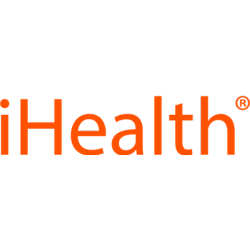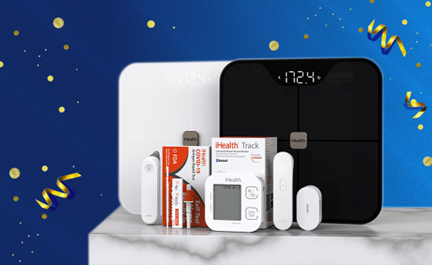Demystifying the Nutrition Label
Nutrition labels can help you figure out food’s serving size, the total grams of carbohydrate per serving, calories per serving and other nutrition information. All those information assists you with carb counting and meal planning. Below is a picture of nutrition label from FDA’s website and let’s start to learn how to read it:

Serving Size
When reading a nutrition facts label, serving size will be the first thing you want to look at. The values below are all based on one serving of the food.
Serving size is based on the amount of food people usually eat at one time, not the recommended portion size.
Servings per container tells you how many servings in total are in the whole container/package. Let’s use this nutrition facts label as an example, if you eat 1 cup of this frozen lasagna, all the numbers in the label apply to that portion. If you finish the whole container of it in one sitting, all the numbers on the label will need to be multiplied by 4.
Calories
Calories on the nutrition facts label means the total calories/energy of one serving of the food. Daily total calorie needs may be varied based on age, gender, height, weight, activity level, etc. Talk to your dietitian to figure out your daily calorie needs .
% Daily Value (% DV)
As indicated on the label, the % DV shows how much of each nutrient in a serving of the food contributes to a total daily diet. For example, 12% DV for total fat on the label above means one serving of this frozen lasagna provides 12% fat of the total fat one can have daily.
% DV is based on a 2,000 calorie diet, which is used as the general calorie needs for an adult. However, as we mentioned previously, different people have different calorie needs. Therefore, % DV is not a very accurate or effective indicator to tell you if a food is a good fit in your diet or not. But you can still use % DV as a general guide when comparing two similar food items.
As a general guide:
- 5% DV or less of a nutrient per serving is considered low
- 20% DV or more of a nutrient per serving is considered high
Nutrients
The nutrition fact label provides data and information for people to learn, compare and monitor what they are eating.
For general healthy population:
- Nutrients that you want to get MORE of: Dietary fiber, Protein, Vitamin D, Calcium, Iron, Potassium
- Nutrients that you want to get LESS of: Total Fats, Saturated Fats, Trans Fats, Cholesterol, Sodium, Total Sugar, Added Sugar
You can always talk to your dietitian via Unified Care app to see which nutrients you will need to pay more attention to based on your health condition.
More information about nutrition label: click here. Read more information about how to read carbohydrates on the label.
This feature is coming soon
-
March 04, 2024
-
October 10, 2023
-
October 04, 2023
This feature is coming soon
You May Also Like
Title placeholder
posted_date placeholder
Title placeholder
posted_date placeholder
Title placeholder
posted_date placeholder
Title placeholder
posted_date placeholder
Title placeholder
posted_date placeholder
Title placeholder
posted_date placeholder
Title placeholder
posted_date placeholder
Title placeholder
posted_date placeholder
Title placeholder
posted_date placeholder
Title placeholder
posted_date placeholder
Title placeholder
posted_date placeholder
Title placeholder
posted_date placeholder
Title placeholder
posted_date placeholder
Title placeholder
posted_date placeholder
Title placeholder
posted_date placeholder



